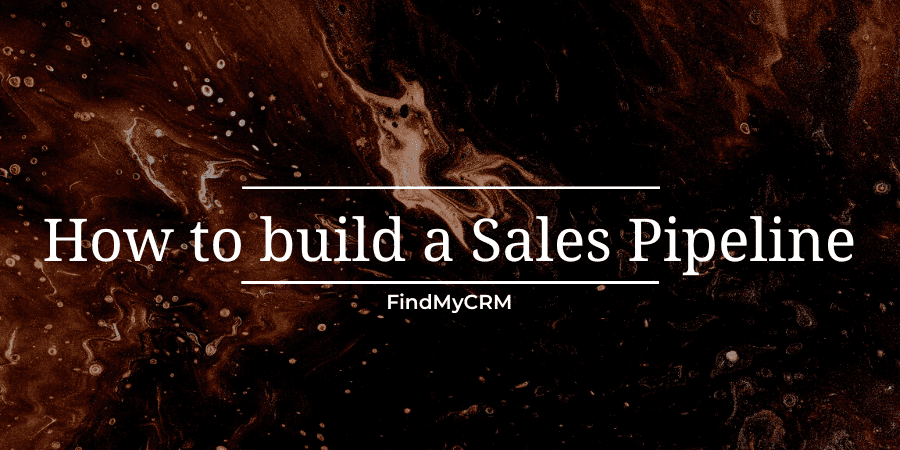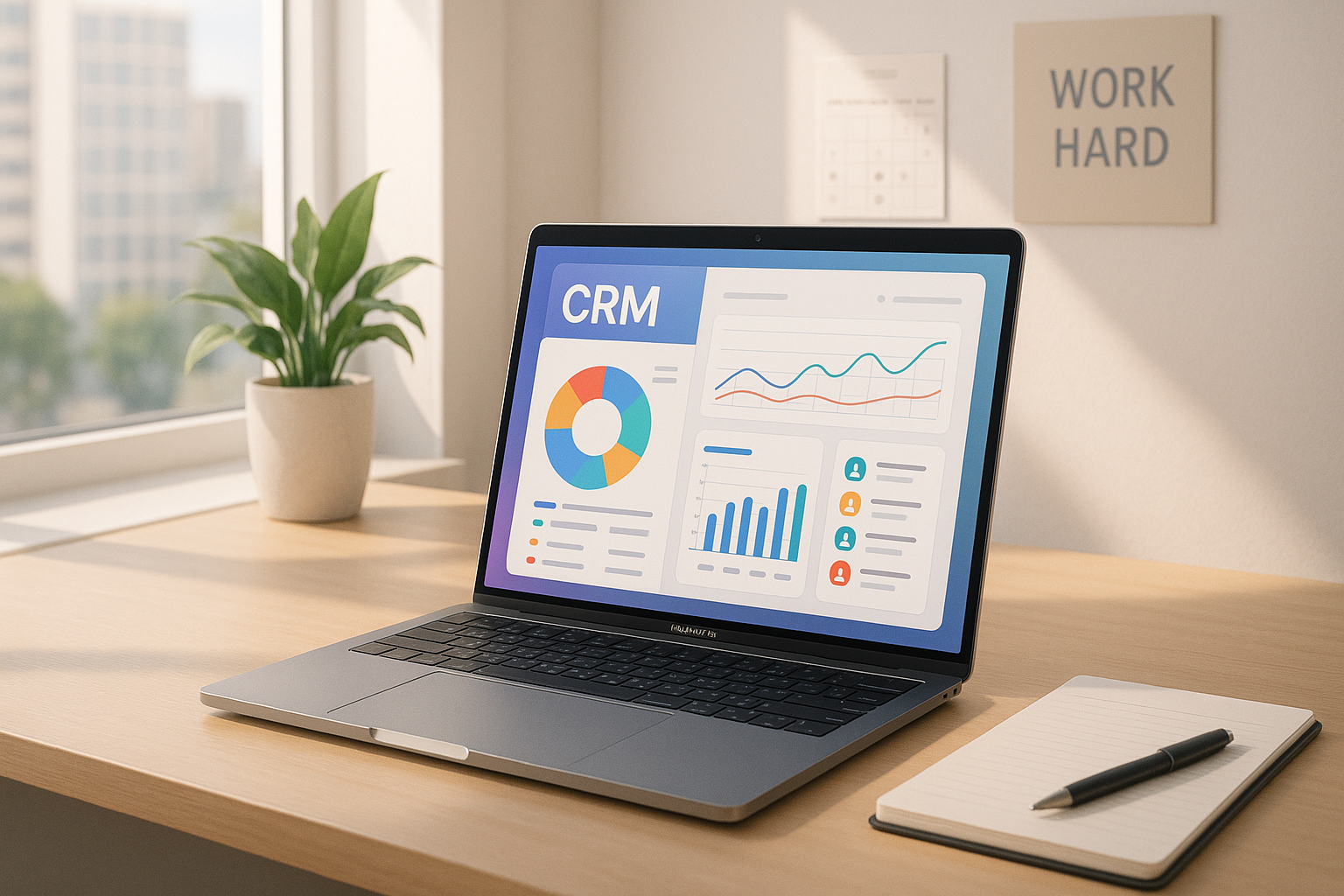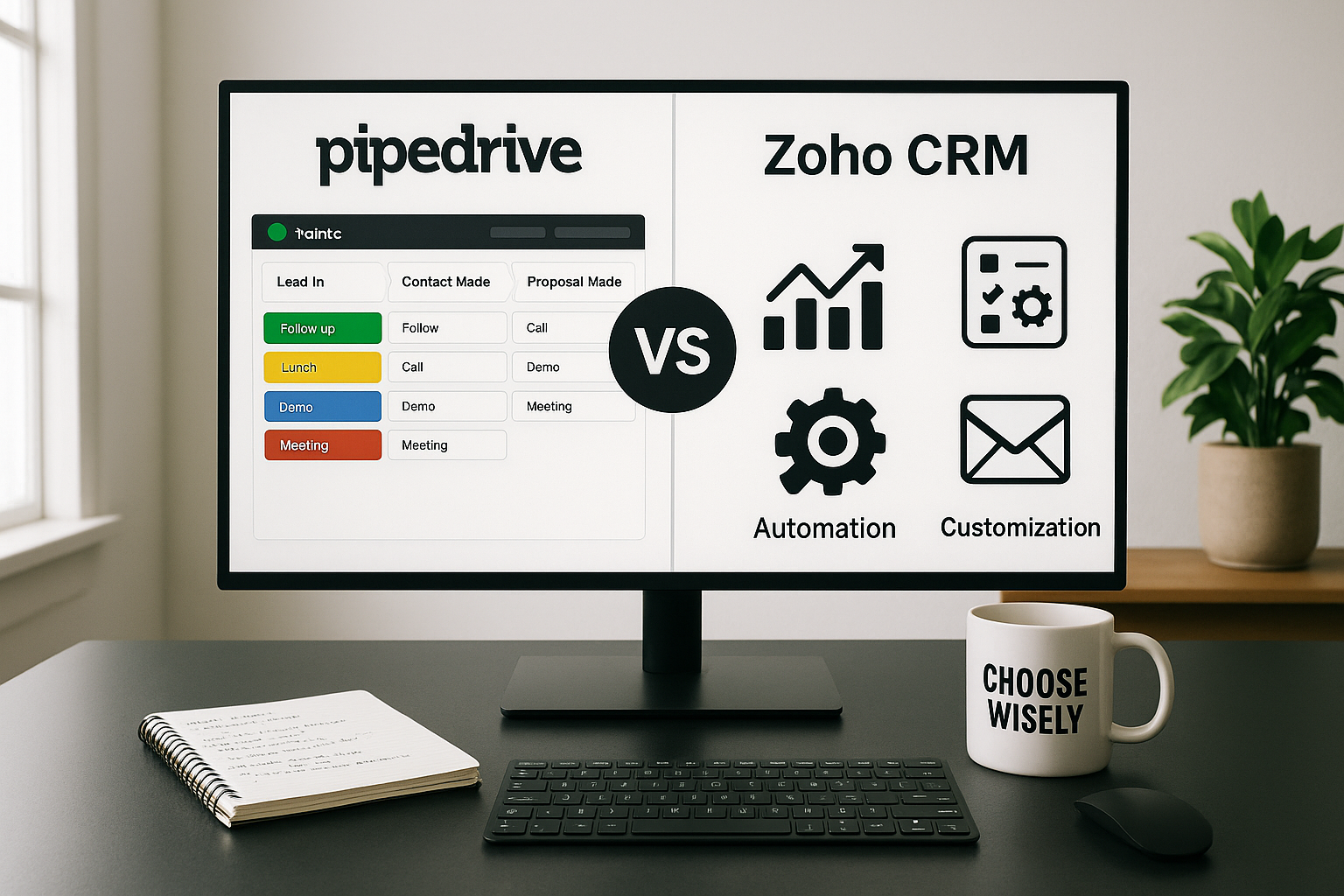Download Now: Free "How To Build A Sales Pipeline" eBook
What is a sales pipeline?
Building a solid sales pipeline is an excellent way to track the successes and failures of your sales efforts. You can determine the typical length of your sales process and find ways to make it go more easily by monitoring your opportunities' progress through the various stages of the sales pipeline. Furthermore, you can identify resource or skill gaps and predict future revenue more precisely.
CRM systems that include a sales pipeline also help you close more deals. You may know such popular ones as:
Filling up your sales pipeline is essential after you've established its stages. The more sales opportunities cross through your threshold, the more chances you have to turn them into customers—and thus, the more opportunities you have to generate revenue.
[Our latest article: Trello vs monday CRM: Which Is Better for 2023]

7 steps to creating a sales pipeline
So, how to build a sales pipeline that will be successful? The following five stages will help you create a pipeline that attracts deals quickly:
- Step 1: Create your sales cycle
- Step 2: Analyze your target audience
- Step 3: Find your leads
- Step 4: Filter qualified leads from unqualified leads
- Step 5: Increase engagement
- Step 6: Convert prospects
- Step 7: Scale your sales pipeline
Find out more about each stage in the list below.
Step 1: Create your sales cycle
A sales cycle is a journey you design, moving from awareness and education to negotiation and sale.
We'll outline the five key stages below so you can compare them to your own sales cycle, which you probably already have.
1. Engagement
When a potential customer expresses interest, sales representatives reach out to them via prospecting emails (or videos!) or having them come in as inbound leads. Sales then qualify the lead by introducing the customer to helpful content, getting them engaged, and preparing them for a serious discussion about what your product can do for them.
2. Meeting
Your sales reps schedule and run a quick discovery meeting with the buyer. They will discuss the buyer's problems, demonstrate how your product may solve those issues, and perhaps offer a brief live or recorded demo to show the product's functionality.
3. Education
Use video tutorials, in-depth content, or case studies to teach the customer about the features of your product. The objective is to make the customer feel informed about the product and personally engaged with the sales representative. A video is a good way to do both. You can explain topics in just a minute on camera. In addition, seeing a sales representative on video gives customers the impression that they are having a real interaction with the rep, rather than an impersonal email.
4. Proposal
It's time to define the details of the deal and write a contract that the client will sign. Here, too, video is an excellent tool. Short videos can answer buyers' questions and clarify the product`s scope in a way that is simple to share with other stakeholders.
5. Deal
The deal is done! Now you can provide the product they purchased. Additionally, this is where you'll pass your brand-new customer off for post-purchase tasks like product onboarding.
[Related Article: Process of CRM: Meaning & 4 Efficient CRM Steps]

Step 2: Analyze your target audience
Who is your target audience? Even if your company has a sizable audience, there are specific characteristics they all have in common. It's crucial to look beyond standard demographics, such as thirty-year-old IT employees making between $80 and $90,000.
Discover the difficulties and problems that your audience faces and how you can help them.
Your sales pipeline is easier to complete and more effective when you know what drives customers to take each step.
The problem is that many businesses believe they know their target market. However, they rely more on instinct than on facts. It`s a serious mistake.
You need to consider using sales intelligence tools like ZoomInfo or ZoomInfo alternatives to get the deep insights on your potential customers.
So where do you get the information? Here are a few places to begin:
- CRM system: What traits do your most profitable existing customers face?
- Customer service representatives: What issues do customers have? What solutions are they seeking? Customer service specialists regularly interact with customers and can give insight you won't find anywhere.
- Customer surveys: Perform an annual survey to learn more about your client's needs and challenges. In addition to providing insights for product development, this can help to boost marketing and sales efforts.
- Google Analytics: Enable the Demographics and Interests report and use that information to learn more about the website visitors.
- Social media analytics: The majority of social media networks, including Facebook, Instagram, LinkedIn, and others, offer audience analytics, including demographics and interests.
Knowing the answers to these questions will make it simpler for you to identify your target audience, effectively address their problems, and uniquely create your brand.
Step 3: Find your leads
You know your target audience. It is now time to start generating leads. There's no one best way to drive leads, but your industry and audience should be your guide here. For instance, if your target audience frequently uses LinkedIn, using that platform might be the best option.
Here are some additional ways for generating leads:
- Lead magnets: To attract new clients, provide downloadable worksheets, guides, ebooks, or templates.
- Provide a free tool: Can you provide a free tool (or a limited-time free plan) to solve a problem your audience is facing? For instance, MailChimp's email and CRM application has a free, limited plan. The software is available for a free trial before purchase.
- Guest post on industry websites: Post your knowledge on well-known industry websites. Prospects will begin to trust you and will probably follow up with your solution.
- Social media: Although Facebook, Twitter, and LinkedIn have massive reach, social media may seem strange for lead generation in the B2B sector. But even for B2B, webinars and giveaways can generate high-quality leads.
- Website visitors: Don't forget about organic search traffic. Optimize your website to make it easy for customers to find you when they're looking for your solution.

Step 4: Filter qualified leads from unqualified leads
You ought to have a good list of leads in your target audience by this step of the sales pipeline stages.
Nevertheless, there is a problem: not all of those leads are prepared to make a purchase. Some people may still be in the awareness phase, while others can consider their alternatives but are not prepared to make a purchase.
The issue is that if you send all of your leads to sales at this point, they will spend a lot of time chasing prospects who aren't ready to make a purchase. Make careful to qualify leads and identify the ones who aren't quite at the conversion stage yet to avoid frustrating your sales team.
Depending on your sector and target market, there are many ways to sort leads. But these are a few clear signs that they're prepared to convert:
- They have visited a number of your website's pages, particularly the ones that contain prices or services.
- They downloaded or subscribed to a lead magnet.
- They are reading comparative pages.
Quick contact should be made with leads who are prepared to make a purchase, everyone else should move on to the engagement stage.
[Related Article: 5 Steps of Effective CRM Implementation Strategy]
Step 5: Increase engagement
It's time to keep your leads in the pipeline engaged, and content is king at this point. Anything that is interesting to your audience, including video tutorials, reviews, guides, case studies, and infographics. The secret is to regularly create interesting, useful content and advertise it on social media and other platforms to reach a wider audience.
You should already know what kind of content to use (from your research stage). So create that content, begin sharing it, and remember to do A/B testing to determine what format and content your audience responds best to.
Step 6: Convert prospects
Your target audience is well-educated and interested in your product or service. They only need just one more push in the correct direction.
Even if you've already put in most of the effort, you don't want to lose the opportunity now. Here are some ways to make sure your effort will be effective:
- Keep your sales page straightforward: Eliminate any clutter that can annoy your customers. There should be a maximum of three key features.
- Use video: Personalized videos that show your sales team is paying attention to the prospects' actual needs will help you summarize the strengths of your offer or highlight its benefits.
- Try to offer two CTAs: Include a checkout-related CTA (Purchase now/Subscribe/Choose a plan) and a second CTA (Learn more/Start a trial/Sign up for free/Claim a discount) for clients who still hesitate so you can follow up later.
- Make conversion simple: Don't make customers fill out a 25-page form to get started. Instead of that, keep pricing transparent and straightforward.

Step 7: Scale your sales pipeline
Now you should have at least a few clients. You`ve done it!
Make sure you can repeat this process time and time again so that new leads continue to flow in. Test each stage of the sales pipeline. You can realize that prospects you were thought to be unqualified simply require a little more education to convert.
To eliminate time-consuming processes like data entry, email follow-ups, and sending leads to your sales team, think about using automation. As a result, sales and marketing will have more time to concentrate on strategy.
Don't forget to stay in touch with your current clients, send them a thank-you message, a promo for their next purchase, or just a request for feedback.
Conclusion
So, now you know how to build a sales pipeline and you can get the best deal for your company. The sales pipeline isn’t just a benefit to the sales team — when the entire company is focused on revenue goals, every team succeeds.



(2).jpg)
